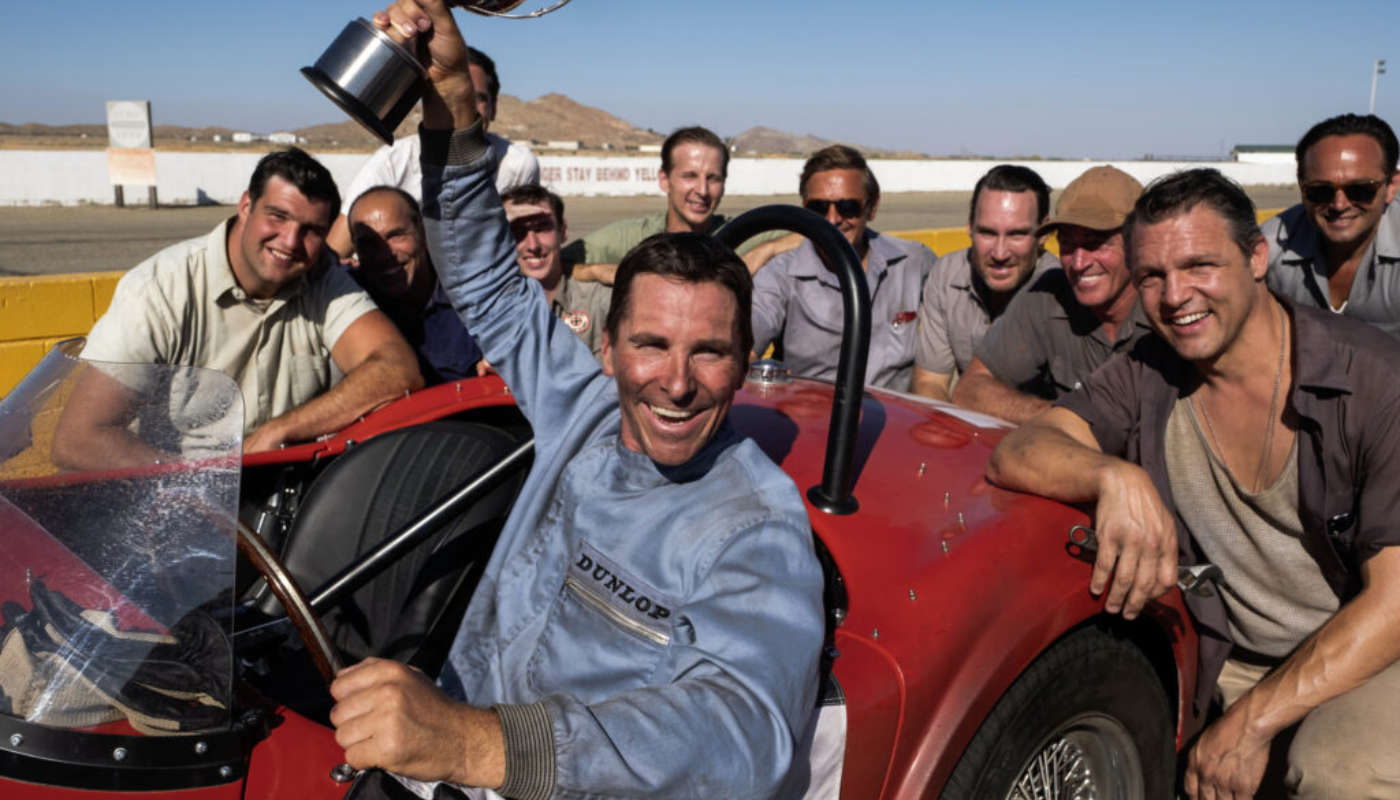
Don’t Get Lost in the Liberties
By Dean Larson
You and I know the stories of Carroll Shelby, Ken Miles and the 1966 24 Hours of LeMans, but it’s important to remember that not everyone does. We’re talking about decades of competition and development and a really complicated set of historical circumstances at play. Debuting in theaters last weekend, Ford v Ferrari did an excellent job highlighting the story, but may leave you surprised at the path it takes.
Miles and Shelby in the driver's seat
From the previews alone, it was apparent that our guides through this historical event would be engineer and driver Ken Miles and team owner Carroll Shelby. We were pleasantly surprised to see Miles at the forefront of the film, as his early death prevented him from becoming the kind of household name Shelby is today. But the film may have you thinking that a more appropriate title would be Shelby and Miles, or The Untold Story of Old Sidebite (Ken Miles).
To take it a step further, the film adequately portrays Miles as the unsung hero of Ford and Shelby’s racing efforts in the 1960s, albeit quite contested in this role. Miles is an icon for students of history like you and I, but it’s apparent that the film has now catapulted his name to new levels for even casual enthusiasts — enter Ken Miles into your search bar today, and you’ll find an explosion of fresh reading material.
We found Christian Bale to be a fitting choice to play Miles on the big screen as well, as his appearance was fairly convincing and he was fully immersed in his role. We lamented that the nicknames for Miles used in the film didn’t include our favorites — Teddy Teabag or Sidebite though, as the Brit was known for talking from the side of his mouth. But his dedication to his family and the Shelby program were adequately portrayed on screen, even if his vigor off the track may have been amplified.
Matt Damon played an acceptable Carroll Shelby in our book, but the principal complaint has been that the lanky Shelby would have stood some five inches taller. Damon sold the confident Texan’s charm and flair well a few times in the movie, and a hidden gem for us was his use of the term “sport car,” as Shelby omitted the final s in reference to his Cobras.
A scene where Shelby takes a deposit on a single Cobra for several buyers was also of note. We can’t say whether Carroll actually did this, but it brings to mind Shelby’s early antics involving road tests of the CSX2000, a car Shelby had repainted every time a magazine did a Cobra road test to make it seem like he had more finished cars. Shelby was wheeling and dealing back in the early 1960s, and put everything he had on the line to make Shelby American successful, and Damon gets that message across in the film.
Another win for us was that the movie highlighted Shelby’s heart condition, which forced him to retire from racing after winning Le Mans and led him to build his own race car to scratch the itch. Damon swallows nitroglycerin pills throughout the whole movie, and you can tell the passion for motorsport is still there. But instead of being in the driver's seat himself, he puts his trusted crew and Miles to work. Shelby has unfaltering faith that Miles is the right driver for the job, and puts his whole company on the line to get him there.
Ford, Ferrari and Beebe raise tensions
For a film, or any story for that matter, to keep you invested, there has to be conflict. And while there was no shortage of conflict in the ’66 Le Mans story, it was a definite challenge to present the issues in a concise, easily digestible fashion. It’s in this way that film crews have to employ some advanced story telling methods, and that's one source of liberties taken in the film.
One interesting liberty is the character Leo Beebe, Ford’s Motorsport’s manager and personal friend of Henry Ford II. (As a side note, Beebe [played by Josh Lucas] might be the most perfectly-cast character in the film.) Though Beebe was a straight-laced, by the book exec (as opposed by the trial-and-error and experience-taught Miles and Shelby) who didn’t favor Miles, much of the conflict between these characters was likely fabricated. For the sake of the average movie goer, it’s easier to attach negative aspects to a specific villain character than a situation in itself. In this way, Beebe may have been unfairly represented, but this was more a figure of storytelling than any sort of carelessness by the crew.
One key example, is Ford urging the Shelby team cars to race more conservatively, keeping revs low and not racing with one another. In the film, it appears that Beebe was actively trying to rob Miles of his win at Le Mans, but in reality, they were probably just trying to maximize their substantial GT40 investment in ’66.
Along those same lines, you can’t help but feel for Miles deep in your chest as he’s ordered to slow down for the photo finish. At this point, no one actually knows Miles is about to lose his Le Mans victory and the triple crown, but even the casual viewer can see Miles is robbed of his “perfect lap” in an otherwise amazing performance.
Back in ’66, no one really knew Miles would have his victory sapped by the engineered photo finish. Even Beebe, who very much had a hand in executing the finish, was unaware that Amon and McLaren would be awarded the victory, something he revealed in an interview later on.
The obvious conflict in the film is from Ford, who in an effort to widen its appeal, offers to buy Ferrari. Offended by the terms of the deal, Enzo walks out and utters a line of personal insults. While the movie scene is a bit smaller than the 14-member delegation that Enzo actually walked out on, the insult was very real, and Henry Ford II was determined to bury Ferrari at Le Mans.
The film negates the early management of the program by John Wyer, but chalk that one up to remaining concise as well. With only disastrous results in early 1964, Ford turns the program over to Shelby for the remainder of the season. There’s huge tension between Ford, and his personnel, and Shelby and his crew. It’s the roughnecks versus the paper pushers (seemingly), and the film underscores the weight of it. Ford, with all its people and industrial might, put its faith in the small crew of Shelby American, to win the largest race in motorsport, and settle the score with Enzo, for the company, the country and Henry Ford II himself.
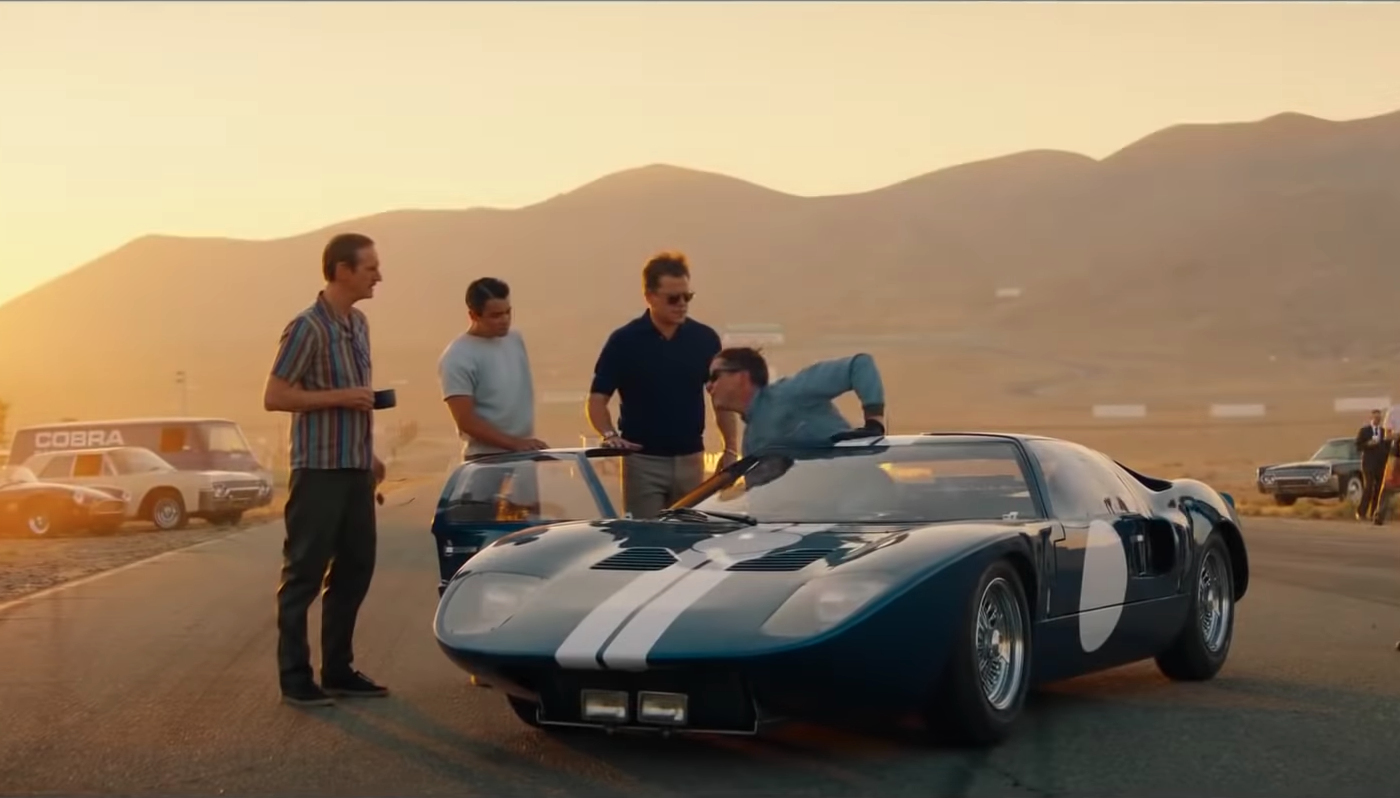
A quick note on the cars
It was interesting to note that the film lands between ’63 and ’64, with fantastic racing scenes in early MkI Cobras, but completely sidesteps the Daytona Coupe program. We’re also quickly shuttled from the small-block MkI to the big-block MkII, like almost immediately on screen. Given, the Le Mans effort in ’66 was powered by the big-block, and they couldn’t put everything in the film, so chalk that up to keeping the focus. The film stretched 2 hours and 32 minutes, and that's after significant reductions in its initial scope. Even so, there were dozens of easter eggs present for eagle-eyed enthusiasts.
Take brakes for example. The film adequately highlights the struggle to maintain brakes and battling brake fade on the GT40s. It was Phil Remington's genius brake swap that resolved the issue. And that's just the sort of bootleg speed tricks employed at Shelby, as the rule book did not expressly prohibit these replacement parts. The scene where Remington replaces the huge diagnostic computer in the cockpit is also solid gold, as the Shelby crew uses simple tape and yarn to find the GT's aerodynamic faults.
While we'll talk more about the replica cars used soon, I want to point out a couple interesting happenings from the film. First, there are a couple of curious Daytona Coupe replicas that appears in the background of several shots. The first, erroneously wears large 18-inch diameter wheels, but as a self-proclaimed wheel snob, that was the only tire transgression and is hardly recognizable to the average viewer. You'll also find the polished aluminum, "Secret Weapon" Daytona Coupe in several shots. Sporting a 390 ci engine in real life, this car was never actually completed, but it looks stunning in the garage scenes where it's present.
I was presently surprised with the Ferrari replicas in the film, as they both looked stunning, and emitted proper V12 soundtracks. While the engine notes were likely produced digitally, it certainly beat the alternative of an erroneous LS V8 sound. Could they have transplanted a V12 into one of the stunt cars? I guess we'll have to do some more homework there.
The Legacy of Ken Miles
Much like the tragedy itself, the death of Miles comes quickly and unexpectedly in the film. Miles was not content resting on the laurels of his performance at Le Mans in 1966. Just one month later, he was back at it with Ford and Shelby testing the Ford J-Car. Fit with a new chassis, revised front end and breadvan-type tail, the J-Car was a departure from the GT. But in the film, Miles' last ride certainly looks like a revised MkII. The deaths of Miles in the J-Car, and Walt Hansgen in a MkII, lead Ford to fit a steel NASCAR-type cage in the MkIV, which likely saved the life of Mario Andretti at the ’67 Le Mans event.
For all the beautiful cars, high-profile actors and expensive racing scenes, the crowning achievement in Ford v Ferrari is the telling of Ken Miles’ story. Ken’s life, from its inauspicious beginnings, to racing motorcycles, commanding a tank in WWII and finally his successful auto racing career, is undoubtedly worth its own story, but Ford v Ferrari gets the message across to more eyes than ever before, thanks to its sexy, blockbuster image.

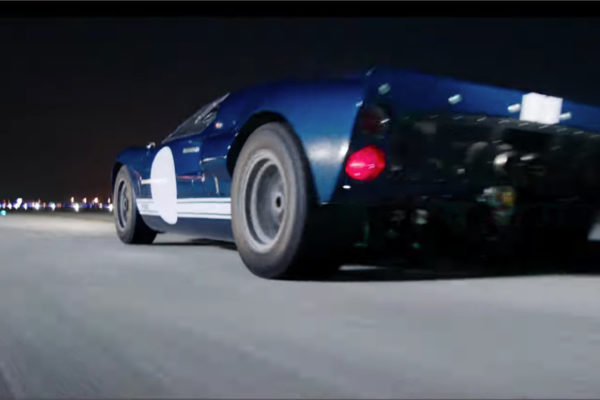

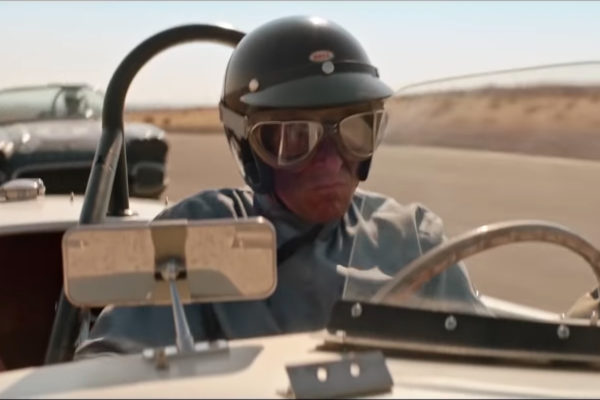
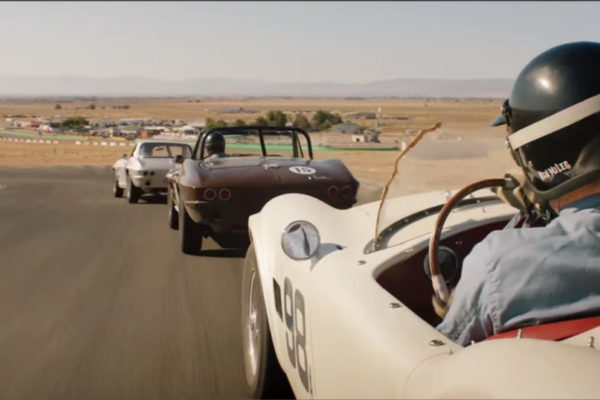
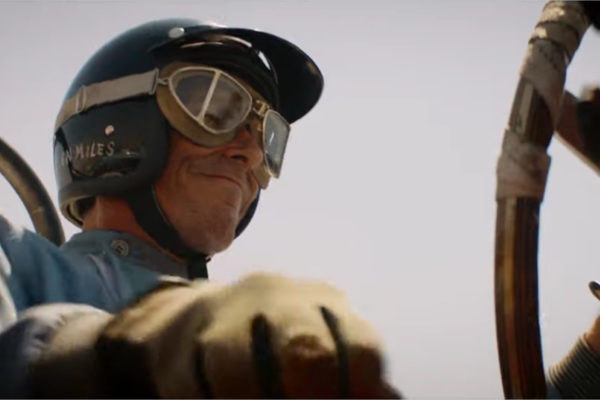
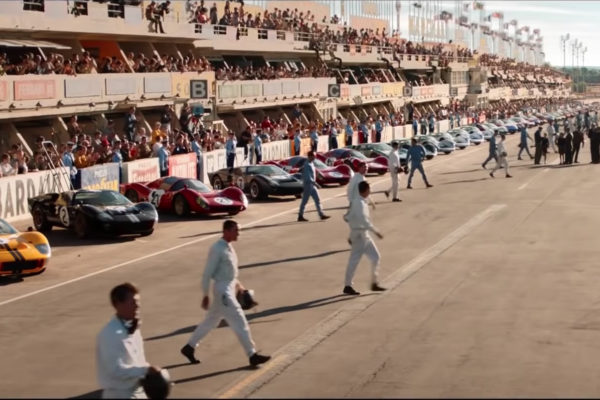
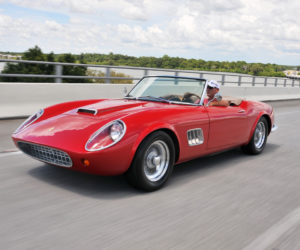
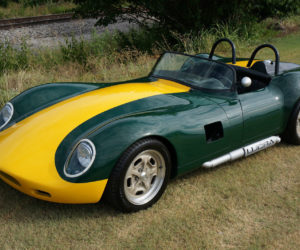


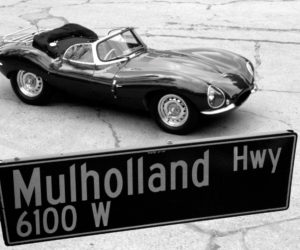





Comments for: Don’t Get Lost in the Liberties
comments powered by Disqus